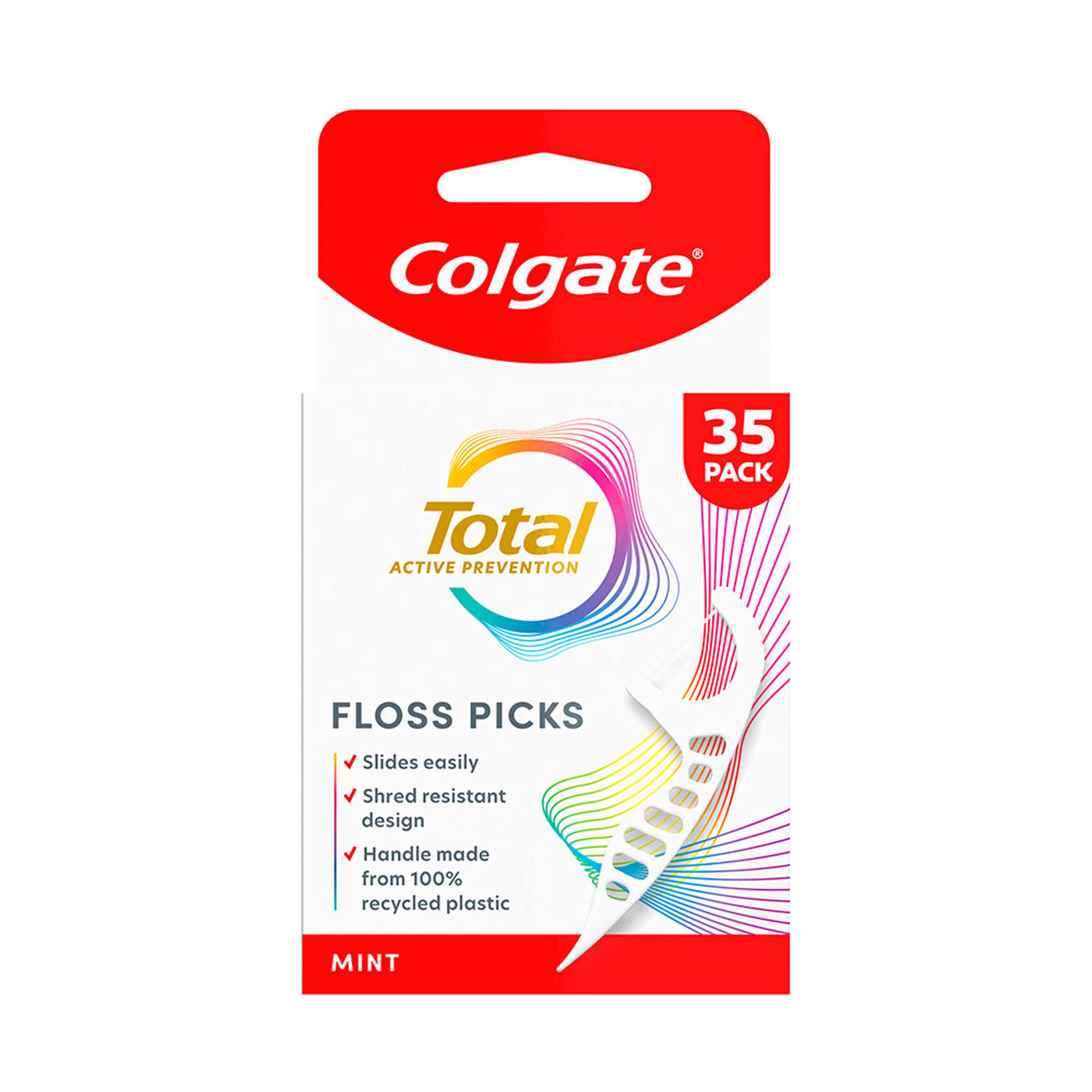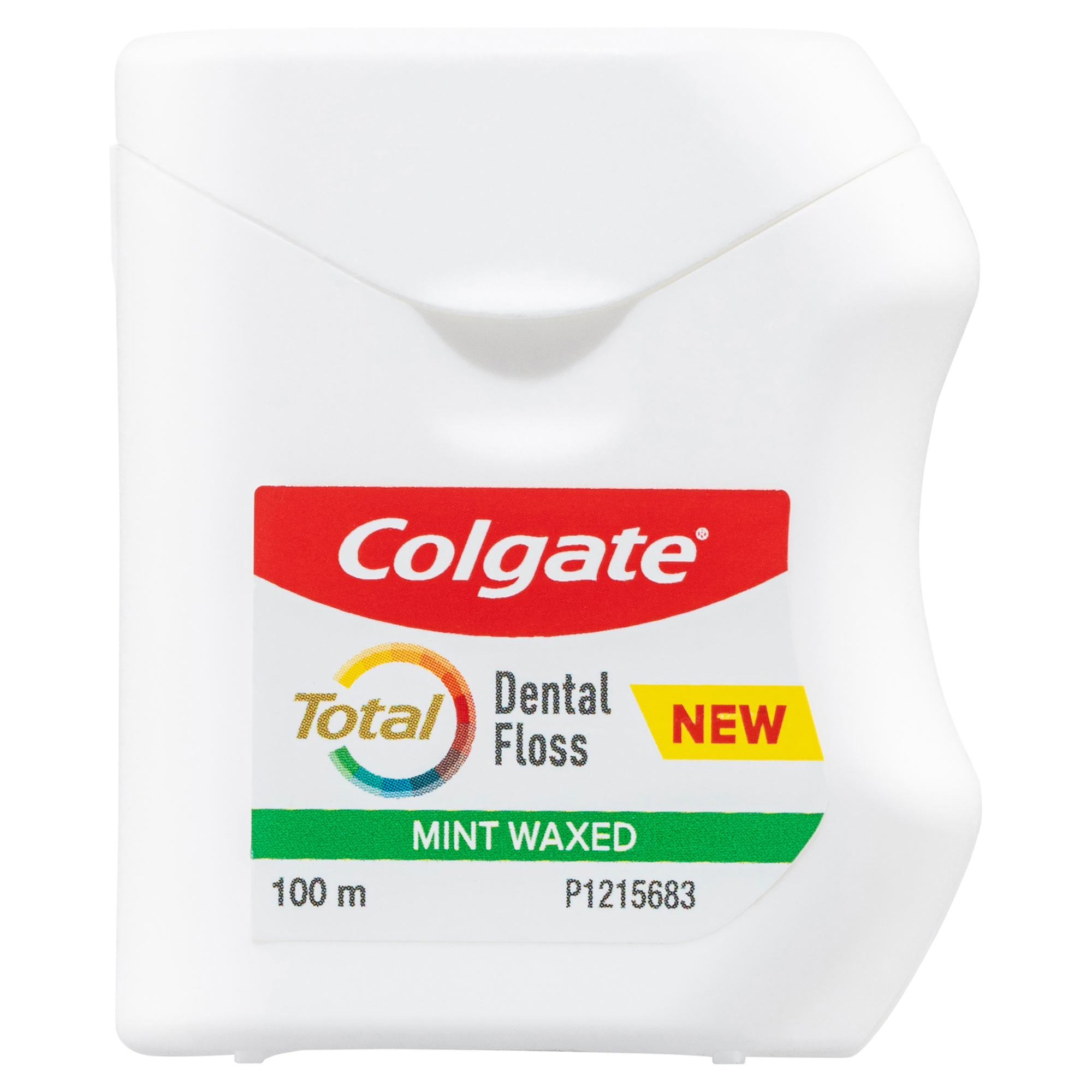How does a pocket form?
The bacteria in your mouth continually form a sticky film of plaque on your teeth, especially around the gum area. If not removed, this plaque eventually hardens into tartar which can’t be removed without the help of a dental professional during a professional cleaning. The bacteria in plaque and the rough tartar irritate the gum tissue and cause inflammation, creating a condition referred to as gingivitis.
According to Better Health Channel, this inflammation and swelling compromise the seal of the gum, which then cause these spaces (periodontal pockets) between the tooth root and gum to form.
The space between this inflamed gum tissue and the root if the tooth is now the perfect venue for more plaque and tartar to hide, deepening the pocket and threatening the bone around your teeth. As the pockets worsen the bone which supports the teeth under the gumline is gradually lost and the teeth can loosen and eventually be lost. You can think of this phenomenon as a turtleneck sweater that begins to stretch out around your neck.
Diagnosing Periodontal Disease
If you experience any warning signs of gum disease, you should book an appointment to see your dental professional. Warning signs of gum disease include bad breath, bleeding, red or swollen gums – or gums that have pulled away from your teeth. Your dental professional will make a visual assessment of your gum tissue. Then they will measure the crevice/pocket depth around each tooth with a periodontal probe. By measuring this space, they can determine the presence of periodontal disease, and if so, how far it has progressed.
It’s generally agreed that periodontal disease is present if there is a periodontal pocket 4 mm or greater in depth, according to Australia’s Adult Oral Health Tracker, 2018.
Periodontal pockets with a reading of 6 mm or more indicate the presence of moderate to severe periodontitis. This can either be localised or generalised around the mouth. And this condition is on the rise in Australia. As stated in Australia's Adult Oral Health Tracker 2020, above, in 1990, 5.8% of the Australian population had severe periodontitis, while in 2015, it had increased to 7.3%.
How to eliminate periodontal pockets
The first step in treating gum disease is to have your teeth professionally cleaned. A professional clean is sometimes called a scale and clean, or when pockets have formed, scaling or root planing or debridement. By removing all tartar and plaque from your teeth and underneath your gums, your gums can heal and tighten around the tooth again. If you have no significant bone loss, this may be the only treatment you need. If deep periodontal pockets remain, your dental professional may recommend surgery to stabilise your periodontal condition. Once you’ve completed your periodontal treatment, your dental professional or periodontist will likely keep you on a more frequent cleaning schedule.
Home care for prevention
Periodontal disease is quite preventable, and by keeping up with regular dental visits and a consistent home-care routine, you should be able to address the problem. Here’s how to help prevent pockets from forming:
- Use a soft-bristled toothbrush to clean your teeth twice a day, brushing carefully around your gumline where plaque tends to accumulate.
- Replace your toothbrush every three months or when you see the bristles start to wear.
- If your mouth tends to build up tartar quickly, use tartar-control toothpaste.
Flossing once a day is just as important as brushing when it comes to preventing gum disease. Follow your dental professional’s recommendation for professional examinations and cleans. Diagnosing and treating periodontal disease in its early stages is vital. By doing so, you can eliminate unhealthy periodontal pockets and curb the effects before it progresses to severe bone loss. If you are at all concerned about your gum health, book an appointment with your dental professional soon.
This article is intended to promote understanding of and knowledge about general oral health topics. It is not intended to be a substitute for professional advice, diagnosis or treatment. Always seek the advice of your dentist or other qualified healthcare provider with any questions you may have regarding a medical condition or treatment.














